Electric vehicles (EVs) are more popular than ever, and for good reason. They offer lower fuel costs, fewer maintenance headaches, and a quieter ride. But while EVs can save you money in many ways, there are still hidden costs that buyers don’t always expect.
From charging expenses to insurance premiums, owning an EV comes with financial surprises. Here’s what you need to know before making the switch.
1. Home Charging Installation Can Be Expensive
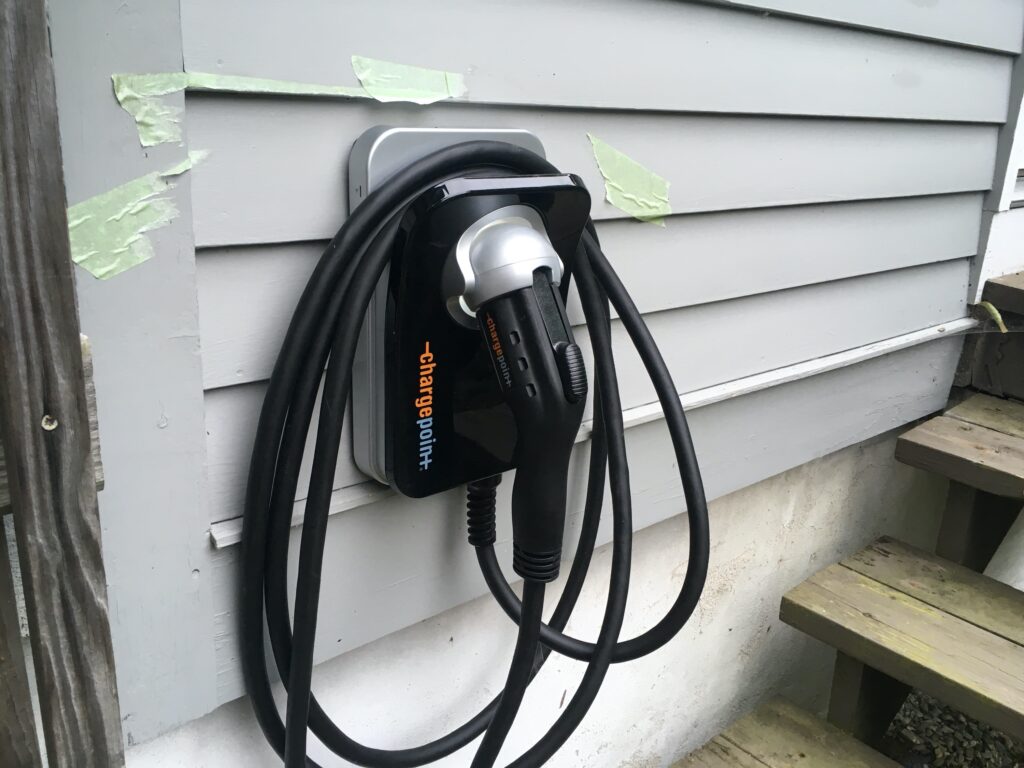
Charging at home is one of the biggest perks of owning an EV, but getting set up isn’t always cheap. A basic Level 2 home charger costs between $500 and $1,500, and installation can add another $500 to $2,000, depending on your home’s electrical system. If your panel needs an upgrade, expect an even higher bill.
Some states and utility companies offer rebates, but not everyone qualifies. While charging at home is still cheaper than relying on public stations, the upfront cost can be a shock for new EV owners.
2. Public Charging Isn’t Always Cheap

Many people assume charging an EV is always cheaper than filling up a gas tank, but public chargers can be pricey. Fast-charging networks like Electrify America and Tesla Superchargers often charge per kilowatt-hour or per minute, and prices fluctuate based on location.
In some areas, using a fast charger regularly can cost as much as—or even more than—gasoline. EV owners who rely on public charging instead of home charging will see their savings shrink.
3. Insurance Rates Are Higher
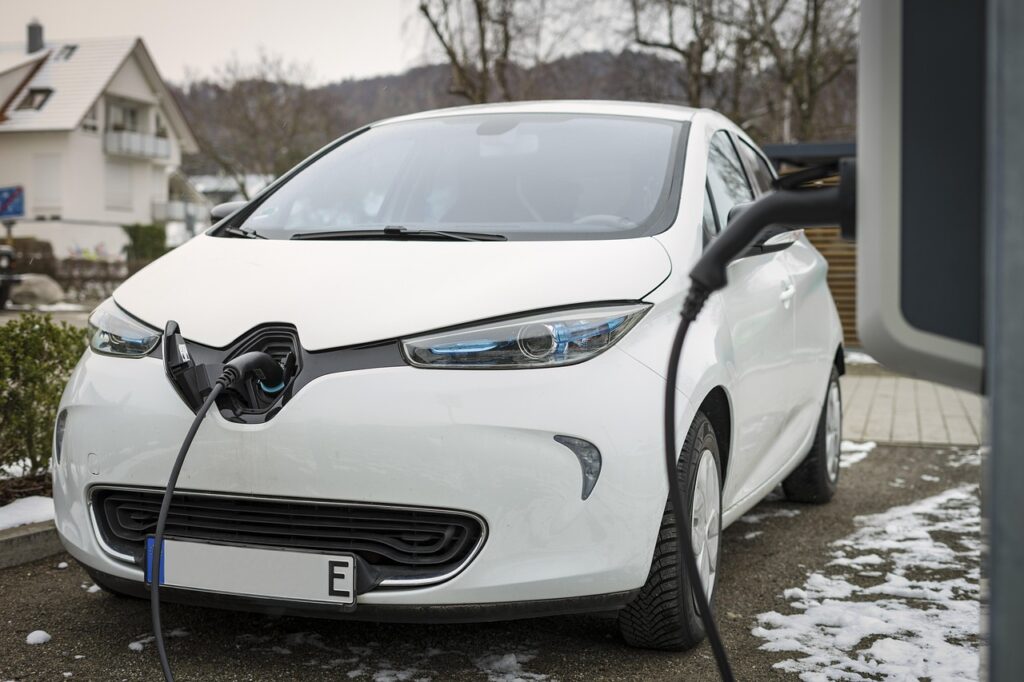
EVs tend to have higher insurance premiums compared to gas-powered cars. The reason? Their advanced technology and battery systems make repairs more expensive. If a battery pack gets damaged in an accident, replacement costs can be steep.
Additionally, not all repair shops are equipped to handle EVs, meaning insurance companies may charge more to cover specialized repairs. While rates will likely decrease as EVs become more common, owners in 2025 should expect to pay more for coverage.
4. Battery Replacements Can Be Costly

EV batteries last a long time, but they don’t last forever. Most manufacturers offer warranties covering eight to ten years, but once that expires, replacing a battery can cost thousands.
Battery prices are coming down, but in 2025, a new battery pack could still set you back anywhere from $5,000 to $15,000, depending on the model. While most drivers won’t need a replacement for years, it’s a long-term cost worth considering.
5. Cold Weather Can Increase Energy Costs

Extreme temperatures affect battery performance, and in cold weather, EVs consume more energy to heat the cabin and maintain battery efficiency. This means more frequent charging and higher electricity costs in winter.
If you live in a colder climate, you may need to install a heated garage or precondition your car while it’s still plugged in—both of which add to overall costs. While newer EVs have improved thermal management, winter driving can still hit your wallet.
6. Resale Value Can Be Unpredictable
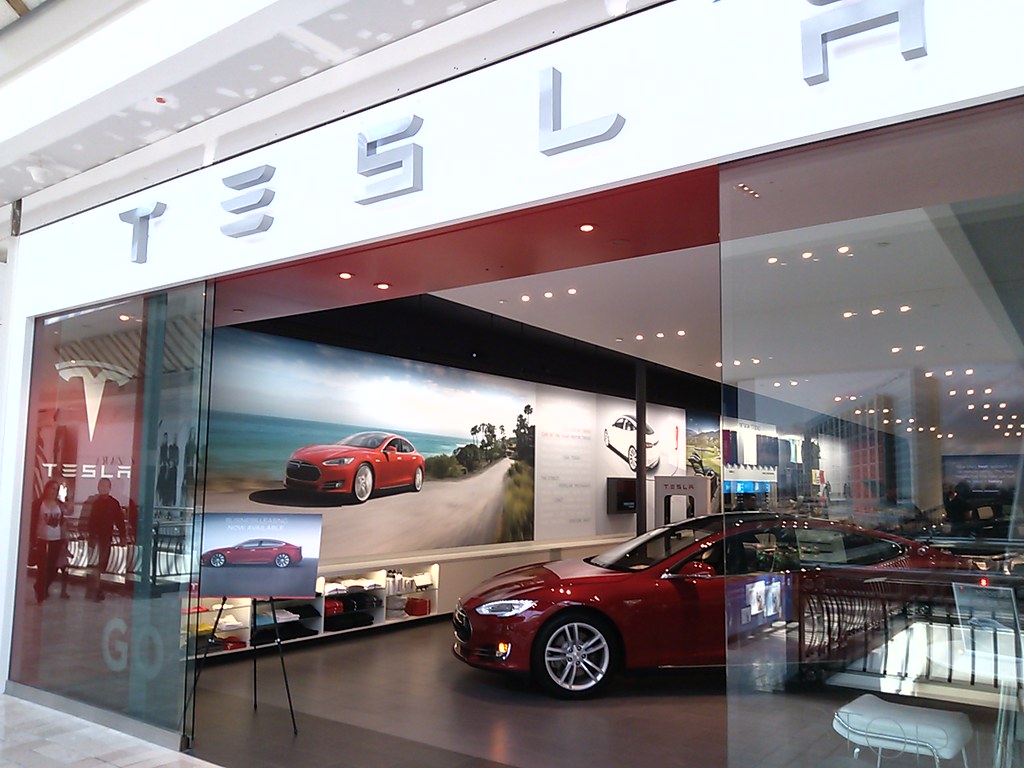
Gas cars have predictable depreciation patterns, but EV resale values can be harder to gauge. Battery health, technology advancements, and incentives all impact how much an EV will be worth when you sell it.
New battery breakthroughs or changes in government subsidies can cause older EVs to lose value faster than expected. If you plan to sell or trade in your EV in a few years, be aware that depreciation could be steeper than with a traditional car.
7. Charging Station Availability Can Be a Hassle
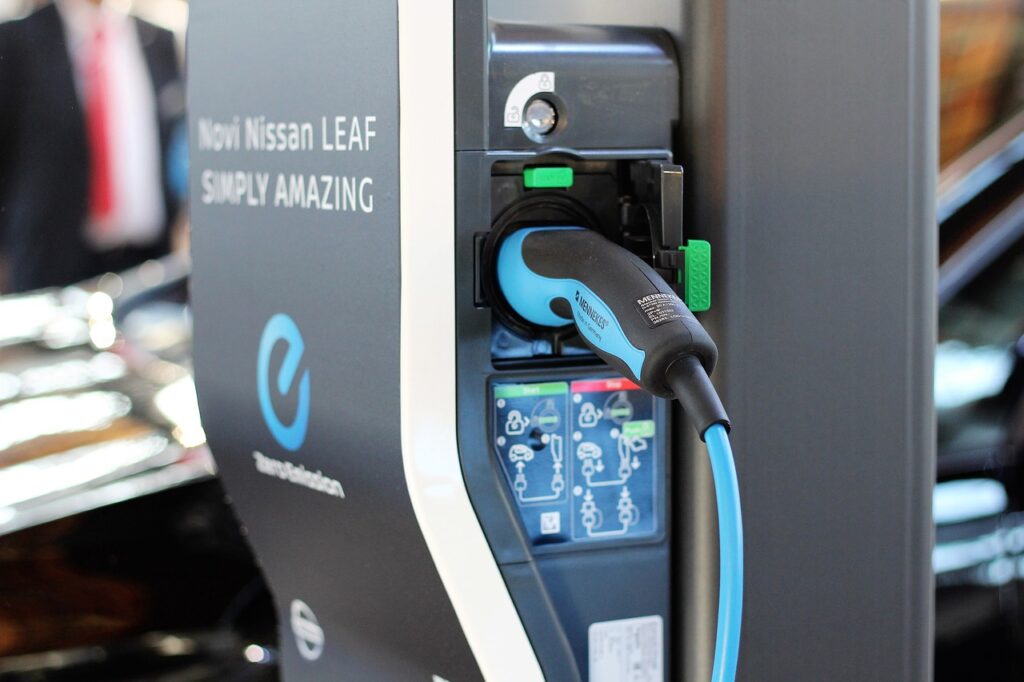
More charging stations are popping up, but availability isn’t always guaranteed. Long wait times at fast chargers can be frustrating, especially in busy urban areas or on road trips.
Unlike gas stations, where refueling takes minutes, charging can take 30 minutes or more, and if chargers are occupied or broken, delays add up. While home charging eliminates this issue, EV owners who depend on public charging will need to factor in the inconvenience.
8. Some Repairs Require Specialized Service

Not every auto shop can repair EVs. Their high-voltage systems require trained technicians, and specialized repairs often mean taking the car to a dealership or certified EV repair center.
This can lead to longer wait times and higher labor costs. While EVs have fewer moving parts and require less maintenance overall, when something does go wrong, fixing it isn’t always simple—or cheap.
Read More: The 10 Ugliest Cars That Were Actually Popular
9. Road Trip Costs Can Add Up
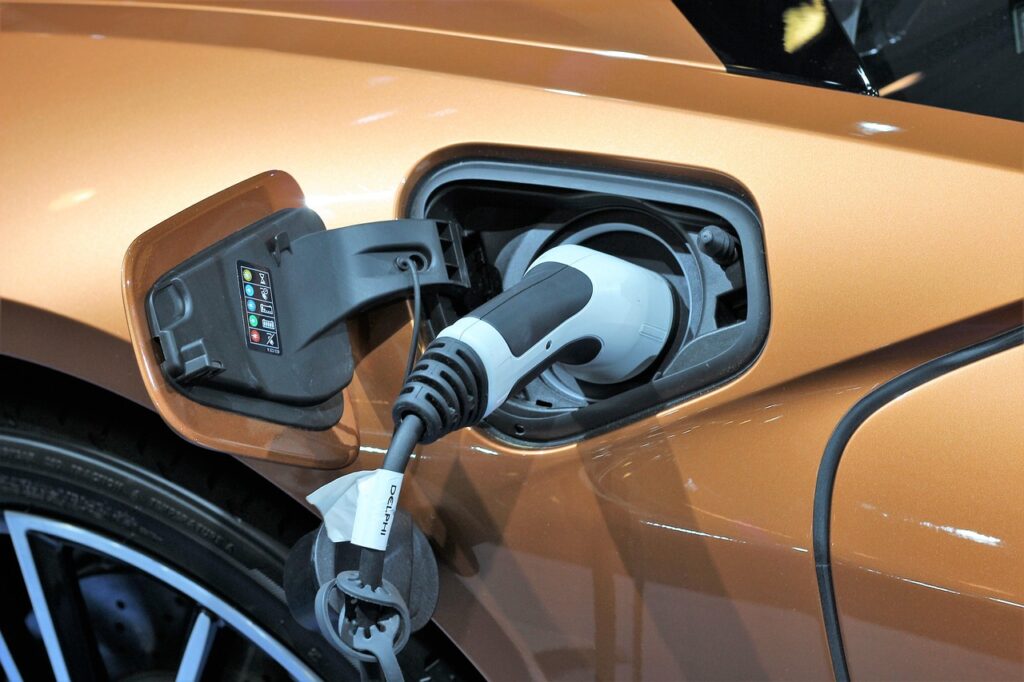
Long-distance travel in an EV requires more planning than a gas-powered car. Public charging fees, overnight hotel stays at places with chargers, and extra time spent waiting for a charge all add hidden costs.
Some charging networks offer memberships that lower costs, but frequent travelers may find that EV road trips aren’t as budget-friendly as expected. Until fast chargers are more widespread and standardized, cross-country travel in an EV may still come with a premium.
Read More: 10 Trucks So Tough They Might Outlive You
10. Some States Have Extra EV Fees
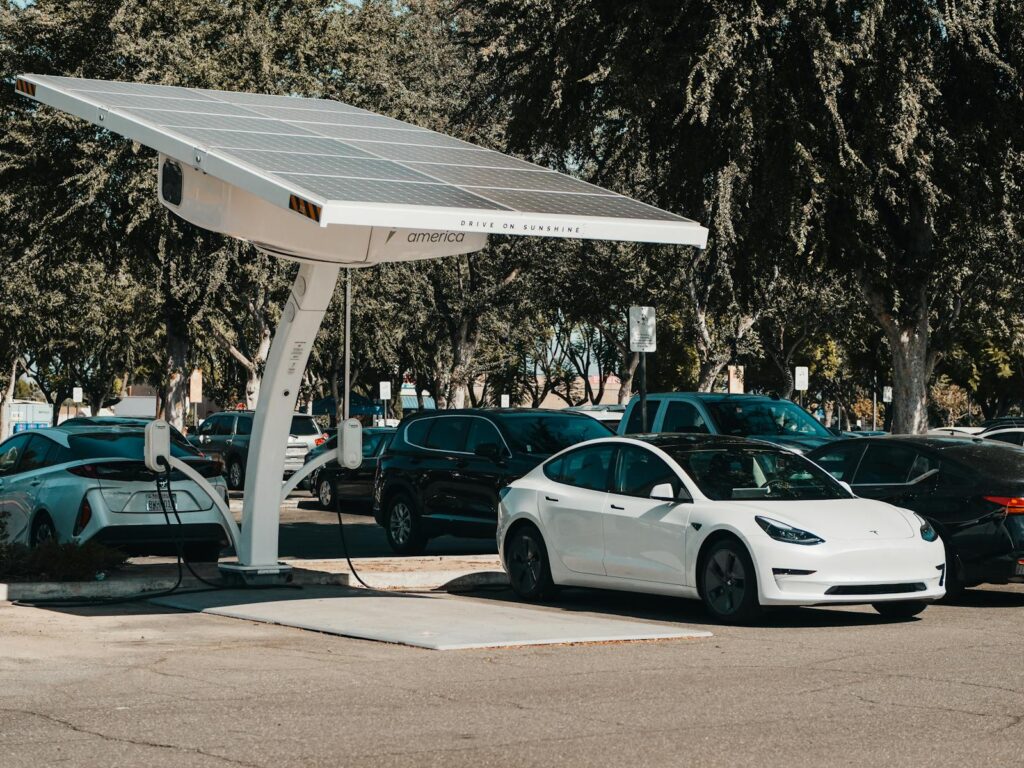
Many states are adding extra registration fees for EV owners. Since EVs don’t pay gas taxes, some governments charge an annual fee—sometimes hundreds of dollars—to make up for lost fuel tax revenue.
These fees vary by state, but they can eat into fuel savings over time. Before buying an EV, it’s worth checking local regulations to see if you’ll be paying extra just to own one.
Read More: 10 Wild (But Realistic) Predictions for the Next 50 Years of Automotive Tech


